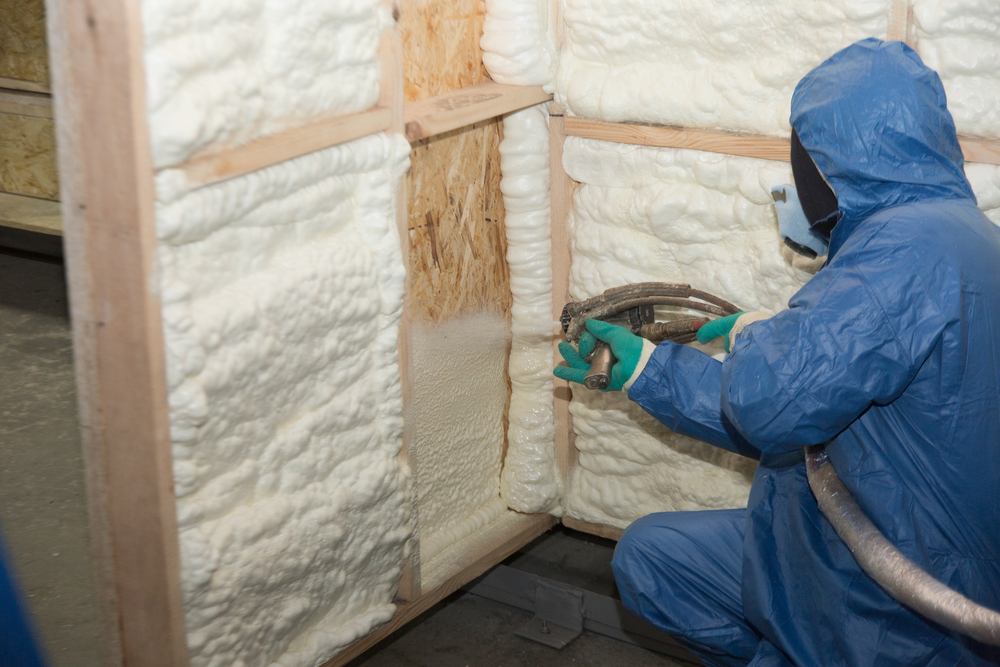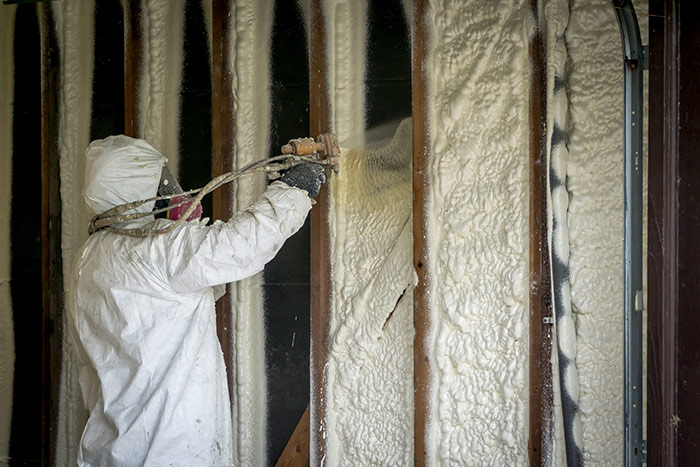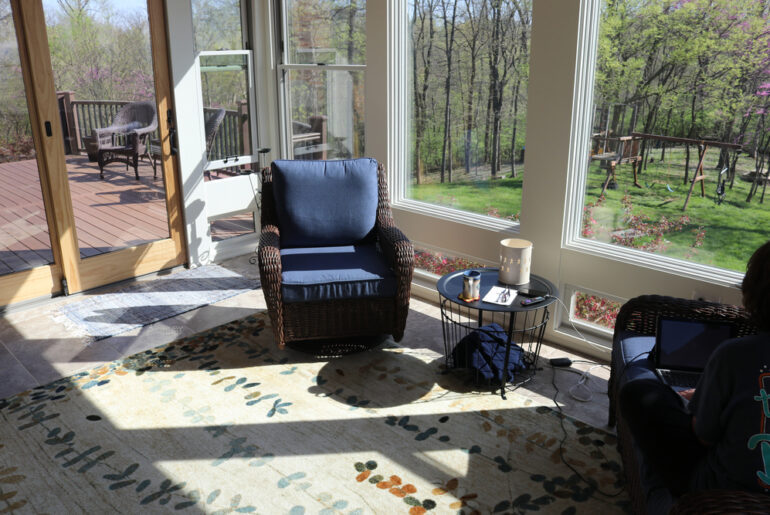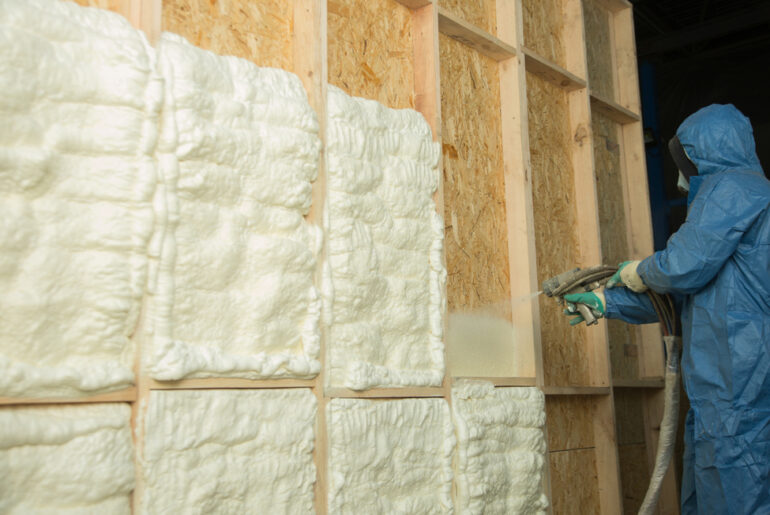A thermal barrier is a means of prevention that is designed to slow down the spread of fire in a building and is sometimes required when installing spray foam insulation.
Many spray foam insulation manufacturers have achieved a mix that achieves a class 1 fire rating, which means it will not accelerate a fire by acting as a catalyst, but there are areas where a thermal barrier remains a requirement.
Whether you are planning a new build, working on a renovation project, or upgrading your current home, the need for a thermal barrier in conjunction with spray foam is clear.
Here is our guide to what makes a thermal barrier and where one is required.
What Is a Thermal Barrier?
A thermal barrier is a necessary construction element designed to delay a rise in temperature. It should slow down or prevent the incidence of spray foam or other construction material from catching fire.
At its most basic, a thermal barrier is there to stop fire spreading. The good news is that it can be as simple as a single sheet of drywall or gypsum board.
In fact, the default approved thermal barrier for most building codes is equivalent to that provided by 12.7mm or half an inch of drywall or gypsum board.
An ignition barrier, on the other hand, could simply be the certified class 1 fire rating of the spray foam insulation itself.
What Does Thermal Barrier Do?
The thermal barrier has to meet the minimum standard, which is to remain in place for fifteen minutes during a fire event. This is to secure the essential structure of a building while any occupants are evacuated.
Fifteen minutes goes by quickly in an emergency setting. For this reason, standards for thermal barriers are often set higher in areas designated as fire escape routes or high fire risk such as kitchens and utility areas.
Check your local codes to see what is required in your area.
When Do You Need a Thermal Barrier?
A thermal barrier will be required in all living spaces in the home. Spray foam, even with painted on fire retardant materials that act as an ignition inhibitor, should not be seen as a potential final finish to an interior wall or ceiling.
What Else Can Be Used As Thermal Barrier?
If you like the industrial sprayed-on industrial finish then you could opt for a spray-applied cement or render to provide that thermal barrier. Cellulose materials are another spray-on option.
Traditional Portland cement plaster can be used, as can specialist intumescent coatings that swell up and seal, but these are all solutions that would need to be applied by registered contractors in order to certify the correct coverage.
There are other, simpler alternatives to drywall and gypsum boards such as the more usual plywood and OSB. Minimum standards apply to these materials regarding thickness and application too. In all cases it is good practice to check local codes for clarification.
Where Might a Thermal Barrier Be a Consideration?
You will need a thermal barrier with any type of spray foam when the attic or crawlspace either is used or could possibly be used as part of the living space of the main house.
If the area is used for frequently accessed storage or if there is a good area of usable flooring that is not simply placed for ease of access, then it would be advisable to install a thermal barrier.
Practical considerations such as ease of access i.e., is there a fixed staircase to the attic or crawl space, should inform you as to whether a thermal barrier would be a sensible option.
When do you NOT Need a Thermal Barrier with Spray Foam?
A thermal barrier is not normally required in an attic or crawl space as the ceiling or floor of the living spaces should be sufficient in this case.
A garage, which is an independent building, would not normally require a thermal barrier. If the garage is attached to the main house then it would be advisable to check local codes, but it would be usual to install a thermal barrier on walls and ceilings that border living space.
When there is no access to the space, and it is not connected to, or does not communicate directly with any other living space, a thermal barrier is not normally required.
There are circumstances in which you could use a tested alternative assembly, which is to say a non-traditional, specifically designed structure, but this would have to be approved by the local code authority.





